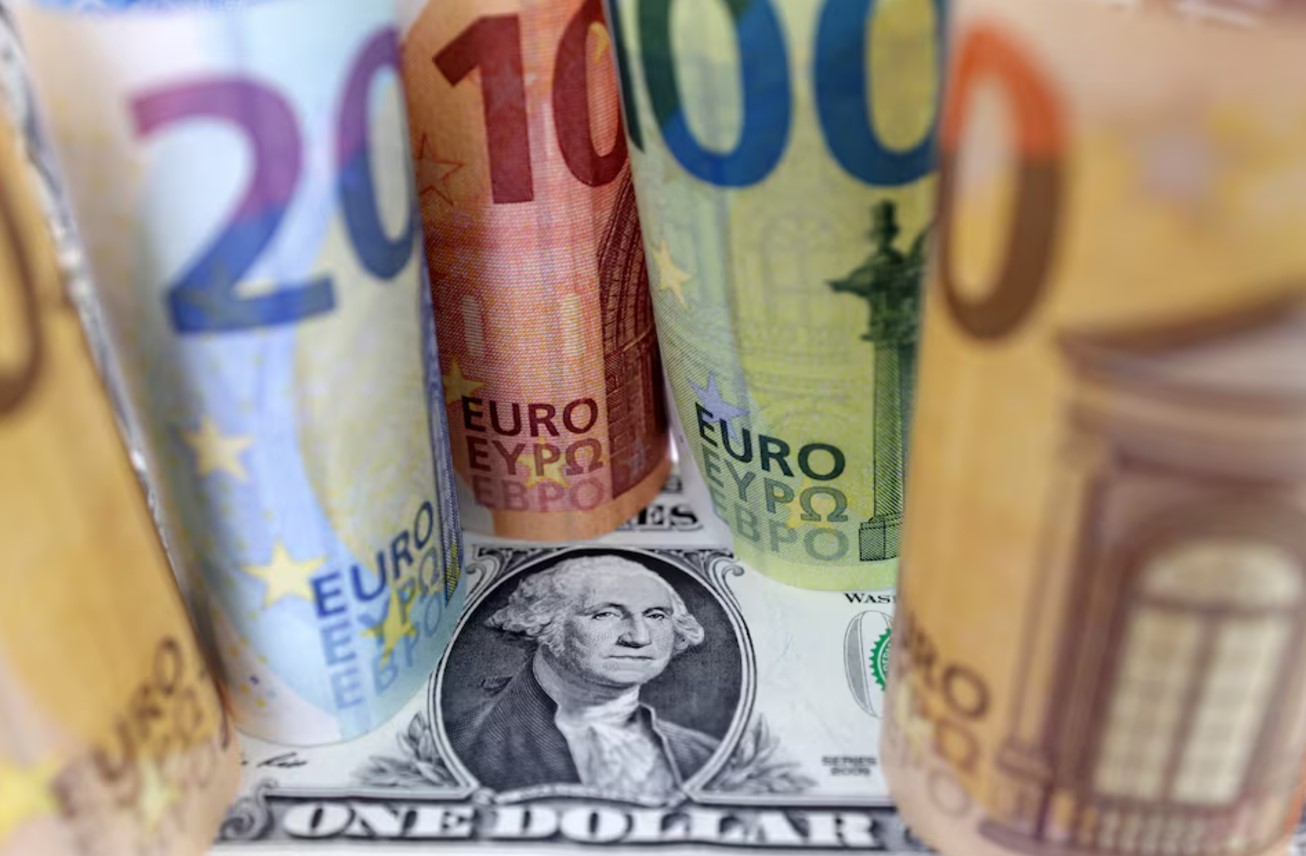President Donald Trump on Wednesday announced the tariffs that would be imposed on the United States’ trading partners, in what he described as ‘liberation day’ for America. Many in the rest of the world viewed his announcement as a ‘declaration of trade war,’ warning about the impact this stifling of trade would have on the world economy.
Trump said that the tariffs were discounted, “approximately half of what they have been charging us.” For example, the EU is said to charge 39 per cent ‘rate’ on US imports, so there would be a reciprocal tariff of 20 per cent on all goods from the EU, although the US used a formula to arrive at the levies. The ‘discounted’ reciprocal rates were based on a country’s goods trade surplus with the US relative to the amount of goods it sends America.
The universal tariffs of 10 per cent come into effect on April 5 and reciprocal ones four days later, on April 9. This does not leave any time for countries to reach a deal with the US, but it does not necessarily mean that they will all opt for what the president of Mexico, Claudia Sheinbaum, called “tit for tat on tariffs.”
Divisions have already appeared in the EU. Spain’s Prime Minister, Pedro Sanchez, who said the US tariffs were a “return to 19th century protectionism,” suggested the establishment of an EU aid fund to support companies affected, but EU Justice Commissioner Michael McGrath countered that this was “premature.” As regards the EU’s prospective response, McGrath said the priority was on “preventing the harm rather than responding to the harm.”
This will probably be the line most countries will take, not wanting to enter a path of confrontation with the unpredictable and vindictive Trump. This applies to the EU, which Trump had described as a “foe” on trade, as much as to any country, most of which would be hoping there would be some scope to negotiate the tariffs down.
Regardless of how each country handles Trump’s protectionism, there is no doubt the world economy will suffer. The US is the world’s biggest importer of goods and tariffs are aimed at reducing imports to revive American manufacturing, especially the auto industry, which is a Trump priority. He cannot accept that Americans prefer German-made cars to those produced in the United States.
It is far from certain that the tariffs, on which Trump is staking his political future, will achieve his objectives. The markets have reacted negatively to the bombardment of tariffs, but it is still early to draw any conclusions. Undoubtedly, Trump is taking a very big risk that will not necessarily work for America, where, at least in the short term, consumers will have to contend with rising prices. There could also be a global trade war and a global recession.
It might take a little time before the effects of Trump’s tariffs are felt, but we are entering a new world economic order.







Click here to change your cookie preferences